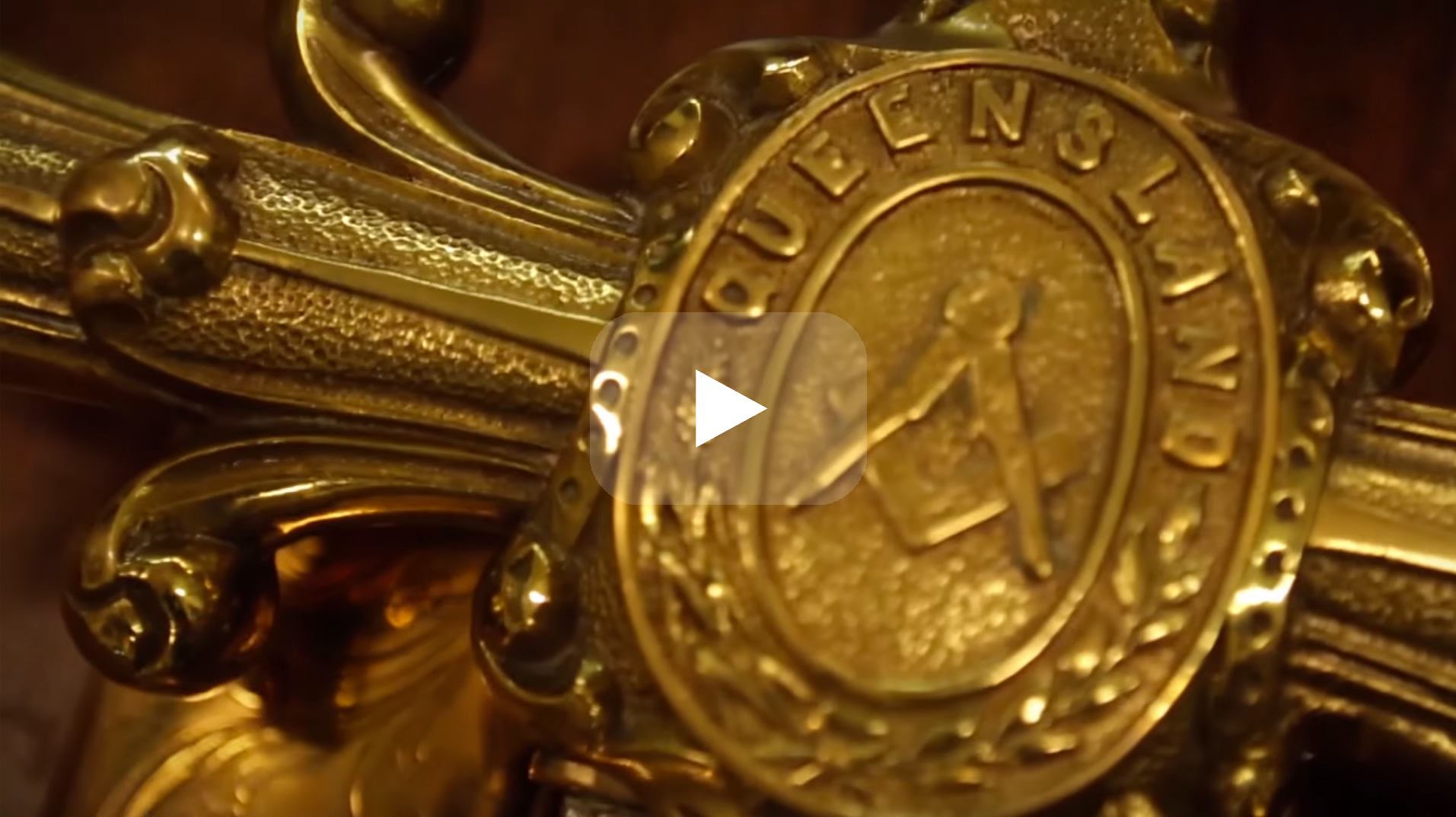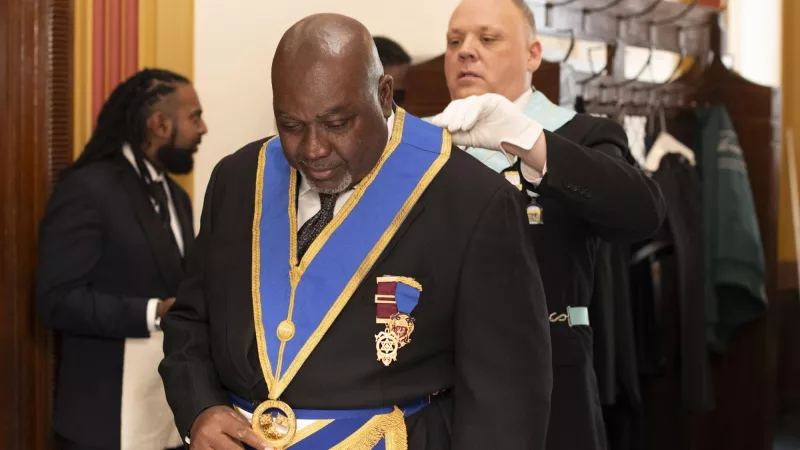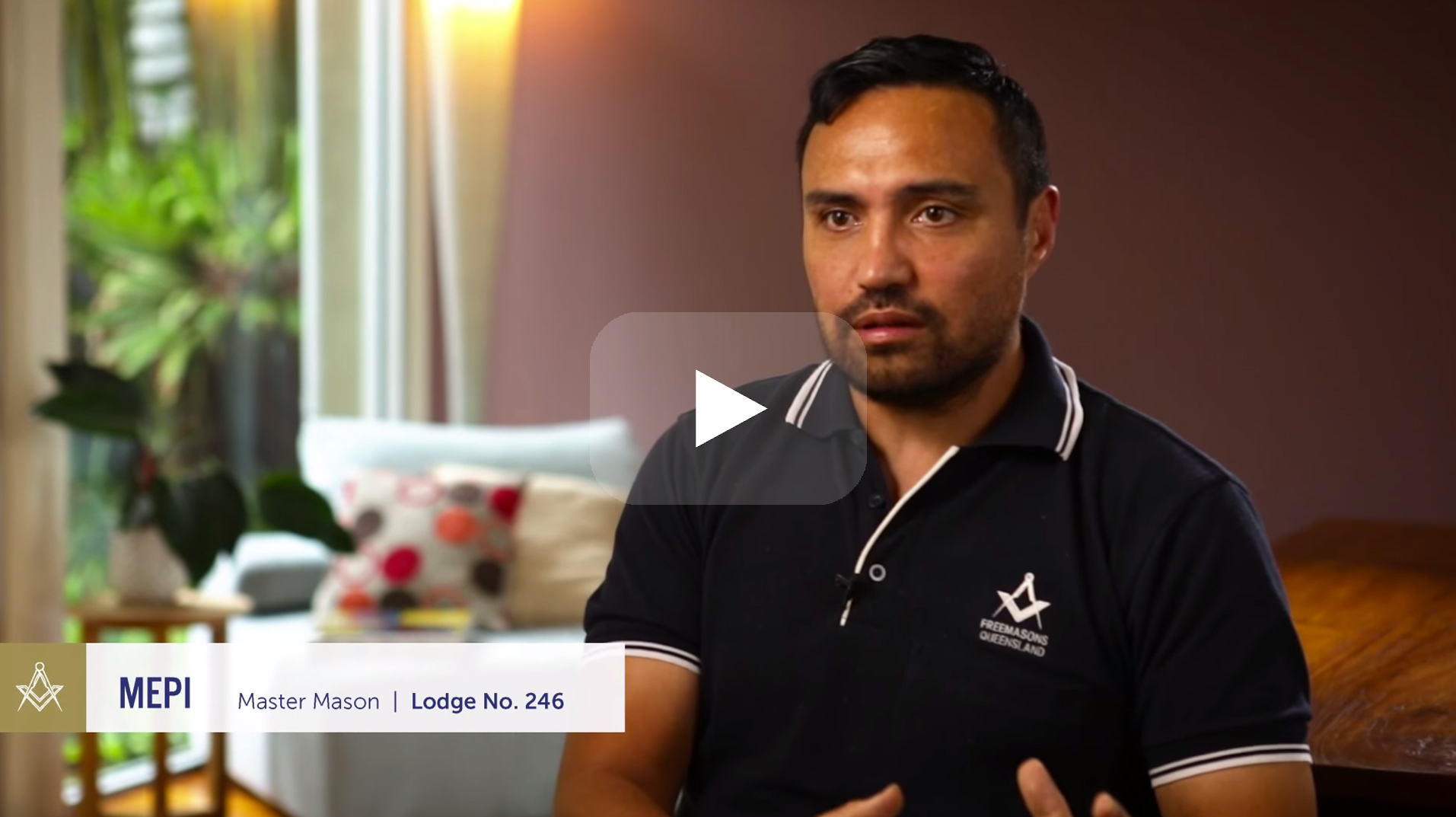Understand How to Join Freemason and Unlock Lifelong Connections
Understand How to Join Freemason and Unlock Lifelong Connections
Blog Article
Checking Out the Mysteries of the copyright: What You Need to Know
The copyright, a term commonly shrouded in intrigue and conflict, stands for a complex tapestry of historical reality and modern-day misconception. Developed in the late 18th century, this secret society was at first rooted in the Knowledge's suitables however has considering that become identified with conspiracy theory concepts concerning elite control. As we navigate the beginnings, vital figures, and the plain contrast between misconception and truth, one need to take into consideration how these narratives influence contemporary assumptions of power and privacy. What may be exposed through a more detailed examination of these components can test long-held presumptions concerning the shadows that linger in our culture.
Beginnings of the copyright
The beginnings of the copyright are soaked in a mix of historical intrigue and ideological eagerness. Established in 1776 in Ingolstadt, Bavaria, by Adam Weishaupt, the team was initially developed as a secret culture focused on promoting Knowledge ideals such as reason, secularism, and the splitting up of church and state. join freemason. Weishaupt, a teacher of canon law, sought to challenge the prevailing authority of the church and state, which he viewed as oppressive institutions stifling intellectual and personal flexibility
The copyright sought to recruit significant participants from different social fields, including politics, academic community, and the arts, to foster a network committed to these Enlightenment concepts. The society operated under a veil of privacy, employing coded language and routines to secure its participants from oppression, especially offered the repressive climate of the moment. The copyright dealt with significant opposition from both governmental authorities and spiritual establishments, which saw the group as a danger to their power.
Trick Numbers and Participants
Who were the crucial numbers that shaped the copyright's early influence and instructions? The Bavarian copyright, established in 1776 by Adam Weishaupt, emerged as a reaction to the overbearing social frameworks of the time.
Another significant figure was Johann Gottlieb Fichte, a famous thinker whose ideas on nationalism and education resonated with the copyright's goals. Although Fichte was not an official member, his philosophical bases influenced the group's belief. Furthermore, numbers like the author and thinker Johann Wolfgang von Goethe were associated with the broader intellectual movements of the time, although their direct involvement with the copyright remains discussed.
These crucial numbers added to the copyright's very early instructions, pressing the limits of political and social thought, while their cumulative efforts aimed to challenge recognized norms and promote a climate of modern change in Europe. (join freemason)
Myths vs. Fact
Many misunderstandings surround the copyright, commonly mixing reality with fiction in such a way that covers its true nature. This secret society, initially established in 1776 in Bavaria, aimed to advertise Knowledge suitables and combat religious and political injustice. The idea that the copyright remains to apply substantial influence over globe events is a myth. While the team did exist, it was disbanded in the late 18th century and has actually not operated as a cohesive entity ever since.
An additional common myth is that the copyright consists of a network of elite individuals adjusting global events. Actually, numerous conspiracy theory concepts exaggerate the team's value, associating unfounded objectives to societal patterns and events. This has actually led to official source an oversimplified sight of complex concerns.
Additionally, the representation of the copyright in pop culture commonly additional misshapes its legacy. Movies and literature have a tendency to sensationalize the company's function, developing a narrative that deviates from historical truths. Recognizing the difference in between the misconceptions and the truth of the copyright is crucial for critical the real effect of this historic group and acknowledging the more comprehensive implications of conspiracy theory theories in contemporary culture.

Modern Interpretations
Contemporary interpretations of the copyright frequently mirror more comprehensive social stress and anxieties and an attraction with secrecy and power. This modern lens regularly connects the copyright with conspiracy theories that suggest a covert elite coordinates globe occasions, adjusting federal governments and economies for their own gain. Such narratives touch right into a deep-rooted question of authority, specifically in times of dilemma or social turmoil.
In pop culture, the copyright is commonly shown as a supreme company shrouded in enigma, bring about a myriad of imaginary representations in literature, movie, and songs. This portrayal serves not only to entertain however likewise to prompt considered the nature of power and control in modern culture. Social network has further magnified these analyses, permitting rapid dissemination of conspiracy theory theories and developing communities that share and broaden upon these concepts.
Furthermore, some contemporary analyses mount the copyright as a metaphor for the complexities of globalization and the interconnectedness of influential individuals and companies. This point of view encourages a vital evaluation of just how power characteristics run in today's world, highlighting the equilibrium between openness and privacy in administration and business practices.
Cultural Impact and Legacy
Influenced by centuries of intrigue, the social effect and heritage of the copyright expand far beyond its historic beginnings. This secret society, established in the late 18th century, has actually penetrated numerous elements of pop culture, from literary works and film to songs and art. join freemason. The concept of the copyright has evolved right into an icon of conspiracy theories, frequently standing for a perceived hidden power controling global events
In literature, authors like Dan Brown have actually woven the copyright right into complex plots, captivating readers with themes of privacy and power. Films such as "National Treasure" and "The Da Vinci Code" even more continue the allure of the culture, mixing reality with fiction to create interesting narratives.

Ultimately, the copyright's heritage is a complicated tapestry check these guys out of myth and fact, shaping understandings of privacy and control in modern discourse. Its long-lasting presence in culture highlights humanity's perennial quest for recognizing surprise realities.

Final Thought
The expedition of the copyright reveals a complex interplay in between historical look these up facts and contemporary myth-making. Started in the Knowledge age, this society aimed to test overbearing structures, yet its heritage has been overshadowed by conspiracy theory theories that recommend elite adjustment. Comprehending the differences in between the initial suitables and contemporary analyses is essential for understanding the sustaining fascination with the copyright and its significant influence on social stories bordering power and privacy in culture.
Report this page